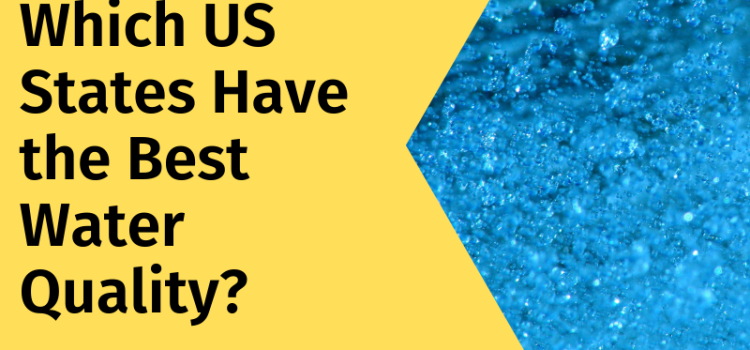By:van Bel, N (van Bel, Nikki)[ 1 ] ; Hornstra, LM (Hornstra, Luc M.)[ 1 ] ; van der Veen, A (van der Veen, Anita)[ 1 ] ; Medema, G (Medema, Gertjan)[ 1,2 ]
WATER
Volume: 11
Issue: 5
Article Number: 903
DOI: 10.3390/w11050903
Published: MAY 2019
Document Type:Article
To ensure delivery of microbiologically safe drinking water, the physical integrity of the distribution system is an important control measure. During repair works or an incident the drinking water pipe is open and microbiologically contaminated water or soil may enter. Before taking the pipe back into service it must be cleaned. The efficacy of flushing and shock chlorination was tested using a model pipe-loop system with a natural or cultured biofilm to which a microbial contamination (Escherichia coli, Clostridium perfringens spores and phiX174) was added. On average, flushing removed 1.5-2.7 log microorganisms from the water, but not the biofilm. In addition, sand added to the system was not completely removed. Flushing velocity (0.3 or 1.5 m/s) did not affect the efficacy. Shock chlorination (10 mg/L, 1-24 h) was very effective against E. coli and phiX174, but C. perfringens spores were partly resistant. Chlorination was slightly more effective in pipes with a natural compared to a cultured biofilm. Flushing alone is thus not sufficient after high risk repair works or incidents, and shock chlorination should be considered to remove microorganisms to ensure microbiologically safe drinking water. Prevention via hygienic working procedures, localizing and isolating the contamination source and issuing boil water advisories remain important, especially during confirmed contamination events.
The post Efficacy of Flushing and Chlorination in Removing Microorganisms from a Pilot Drinking Water Distribution System appeared first on Facts About Water.
Source: Water Feed









Your article helped me a lot, is there any more related content? Thanks!
Your point of view caught my eye and was very interesting. Thanks. I have a question for you.
Your point of view caught my eye and was very interesting. Thanks. I have a question for you.
Thank you for your sharing. I am worried that I lack creative ideas. It is your article that makes me full of hope. Thank you. But, I have a question, can you help me?